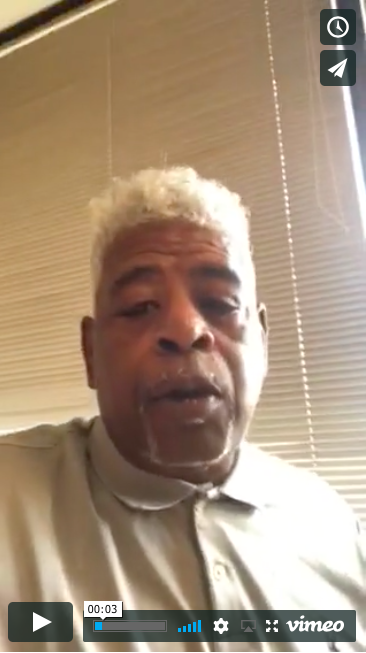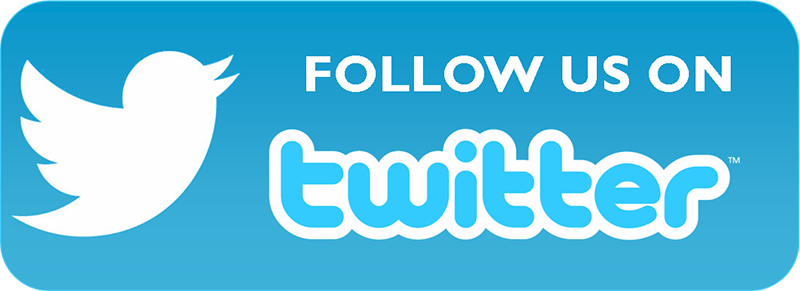Written by: Internal Analysis & Opinion Writers
In a striking and unconventional move, former President Donald Trump has intensified his public campaign for lower interest rates by delivering a handwritten note directly to Federal Reserve Chair Jerome Powell. The note, written in bold Sharpie on oversized paper, marks a rare personal appeal and escalates a long-running feud over monetary policy.
The note, titled “World Central Bank Rates,” listed interest rates from major global economies and urged Powell to lower U.S. rates “by a lot,” citing lost economic potential and the absence of inflation. It included a bracketed target range of 0.25% to 1.75%, significantly below the Fed’s current benchmark rate of 4.25% to 4.50%. Trump accused Powell of costing the United States "a fortune" and framed rate cuts as urgently necessary.
In follow-up posts on his social media platform, Trump criticized Powell’s leadership, referring to him as “Too Late,” and implied that replacing Powell could be necessary if the Fed fails to align with his vision. He accused the central bank of being out of step with global peers and harming American competitiveness.
While the Federal Reserve did not publicly respond to the note itself, Chair Powell reaffirmed the institution’s independence in public remarks. He emphasized that rate decisions remain guided by data rather than political pressure. Powell also reiterated that inflationary effects—many stemming from trade policy and tariffs enacted during Trump’s tenure—remain key factors in holding off on rate reductions.
The unusual method of delivery—a handwritten message on a large visual aid—caught the attention of financial media and political commentators alike. It added theatrical flair to Trump’s ongoing critique of Fed policy, which has been a recurring theme throughout his presidency and post-presidential public appearances.
Economists and policy analysts have expressed concern about the implications of such direct political pressure on the central bank. The Federal Reserve’s independence has long been considered a cornerstone of U.S. economic stability, insulating monetary policy from short-term political interests.
Despite the rhetoric, Fed officials have not ruled out rate cuts later in the year. Some members of the Federal Open Market Committee (FOMC) have acknowledged that a softening labor market or easing inflation could warrant action. However, they continue to emphasize a cautious, data-dependent approach.
Markets have remained on edge amid the heightened attention. Investors are parsing every economic release for signs that the Fed may soon pivot. However, many remain skeptical that Powell will be swayed by political tactics, particularly ones so public and performative.
Trump’s handwritten appeal is just the latest chapter in a broader tug-of-war over economic strategy. His administration frequently favored aggressive rate cuts and criticized Powell for not acting fast enough to stimulate growth. Powell, for his part, has consistently pushed back, defending the Fed’s mandate to prioritize long-term economic health and price stability.
Looking ahead, speculation is mounting over whether Trump, if re-elected, would seek to replace Powell or stack the Fed with allies more aligned with his rate-cutting agenda. While the Fed chair serves a fixed term and enjoys statutory protections, a second Trump term could reshape the broader leadership of the central bank.
For now, the Fed remains focused on incoming data, with particular attention to inflation, labor trends, and consumer sentiment. If indicators continue to soften, rate reductions could be on the table in the second half of the year. But whether that decision comes through measured deliberation or mounting political pressure remains to be seen.


































